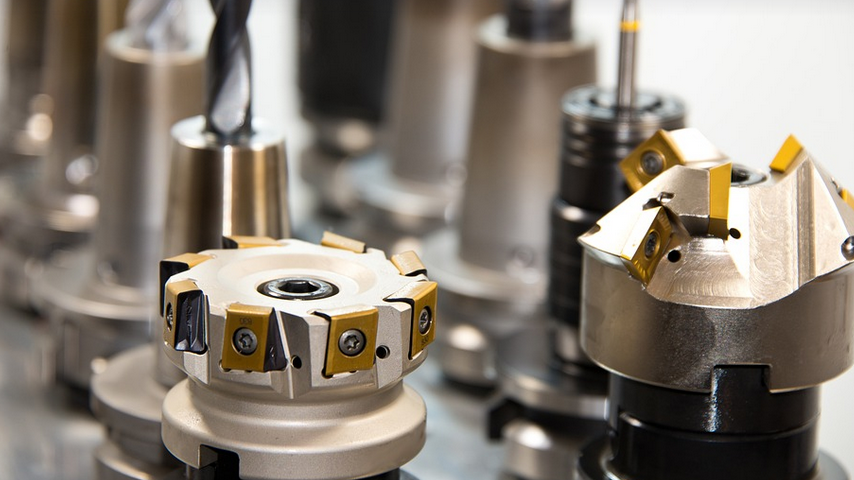
U-Bolt Rubber Sleeves: Your Guide To A Smoother Ride
What are U-Bolt Rubber Sleeves?
U-bolt rubber sleeves are small but mighty components used in various applications, particularly when dealing with heavy-duty equipment and machinery. They add a layer of protection and resilience to crucial connections, helping prevent wear, tear, and potentially disastrous accidents.
Why Choose U-Bolt Rubber Sleeves?
There’s more to these rubber sleeves than meets the eye. Their popularity stems from their versatility and numerous benefits:
1. Corrosion Prevention
Rubber is a natural insulator, making it an excellent choice for combatting corrosion in harsh environments. It acts as a barrier against rust, preventing damage to metal parts and extending the lifespan of your equipment.
2. Vibration Dampening
U-bolt rubber sleeves absorb vibrations caused by movement or impact, acting like shock absorbers. This helps prevent stress build-up in machinery components, contributing to smoother operation and enhanced durability.
3. Friction Reduction
Rubber offers a smooth surface for moving parts to glide across, minimizing friction and wear and tear. This reduces the strain on other components like bearings and gears, leading to quieter and more efficient performance.
4. Noise Dampening
The presence of rubber sleeves helps reduce noise pollution generated by machinery operation. It acts as a sound barrier, minimizing unwanted sounds and contributing to a more sustainable work environment.
5. Ease of Installation
These sleeves are designed for easy installation and removal. Their compact size makes them readily adaptable to various applications without requiring complex adjustments.
Where Are U-Bolt Rubber Sleeves Used?
U-bolt rubber sleeves find their place in a diverse range of industries:
1. Automotive Industry
From car suspension systems to engine mounts, these sleeves play a crucial role in absorbing shocks and vibrations during operation.
2. Construction Equipment
Rubber sleeves enhance the performance of construction equipment by preventing wear on machinery parts while absorbing the stresses caused by heavy loads and movement.
3. Marine Industry
In shipbuilding and marine applications, rubber sleeves play a vital role in protecting sensitive equipment from corrosion and saltwater damage, ensuring longevity and optimal functionality.
4. Manufacturing & Industrial Settings
They are widely used in manufacturing facilities, where they dampen shocks during transportation and handling of heavy machinery and components.
5. Home Improvement & DIY Projects
Even everyday projects can benefit from U-bolt rubber sleeves. Installing new shelving or mounting objects on walls often requires these sleeves to protect metal parts from wear and tear.
Choosing the Right U-Bolt Rubber Sleeve
The selection process for the perfect sleeve hinges on a few key factors:
1. Size & Compatibility
Rubber sleeves come in various sizes, with each size designed to fit specific applications and bolt configurations. Ensure the chosen sleeve is compatible with the U-bolts of your equipment.
2. Material Thickness
The thickness of the rubber plays a vital role in determining its performance. Thicker sleeves provide greater shock absorption and impact protection, while thinner ones are better suited for applications requiring minimal vibration damping.
3. Hardness & Resilience
Rubber comes in various hardness levels. Softer materials offer more flexibility and cushioning, whereas harder materials handle higher stress and prevent damage to sensitive components.
4. Temperature Resistance
Some rubber types are better suited for extreme temperatures than others. If your application involves high heat or cold, ensure the sleeve is made from a material that can withstand those conditions without degradation.
U-Bolt Rubber Sleeves: An Investment Worth Making
Investing in quality U-bolt rubber sleeves makes good business sense. It protects equipment, enhances performance, extends lifespan, and ensures smooth operation. As your machinery works harder, these sleeves provide a sturdy shield against wear and tear, ultimately leading to greater efficiency and smoother processes.